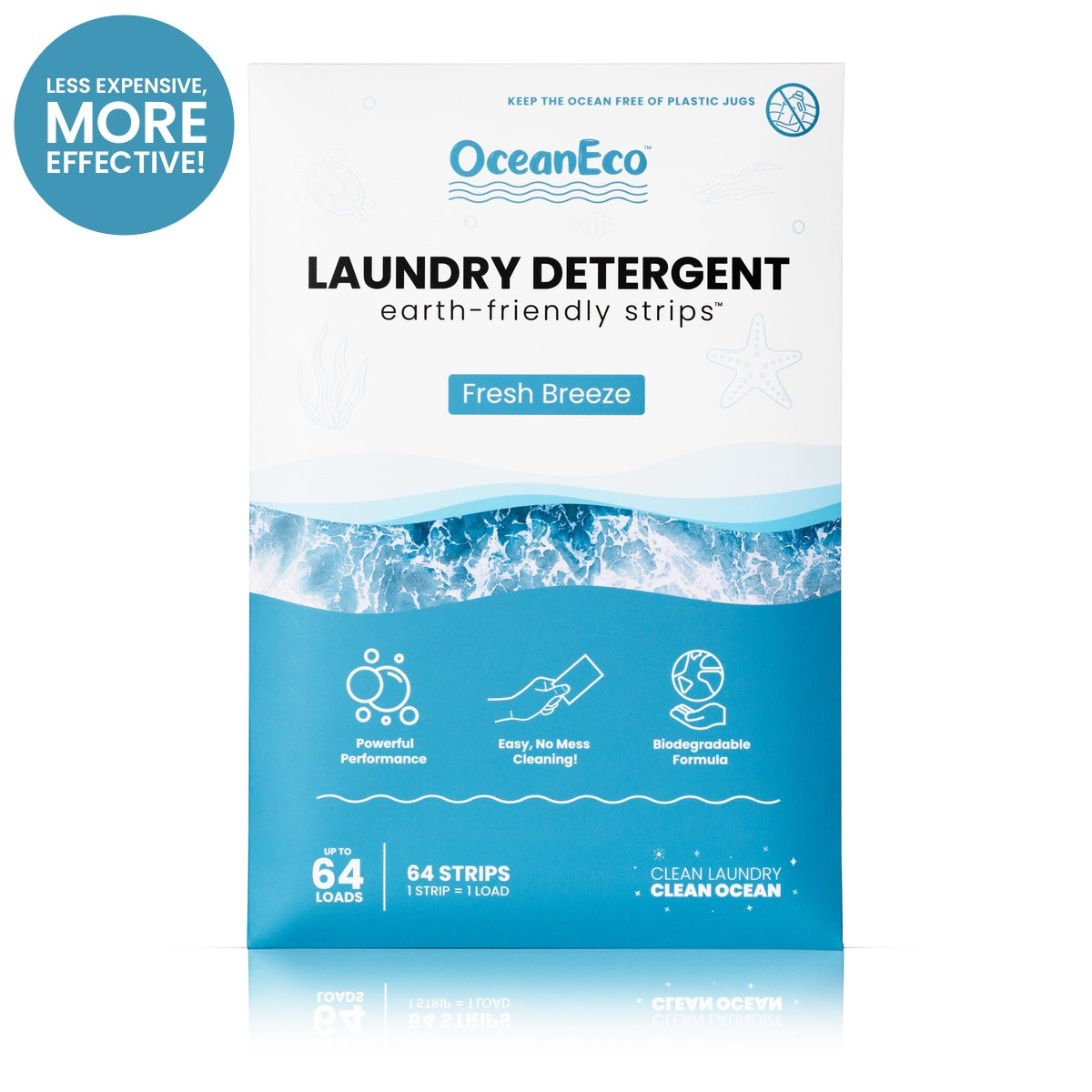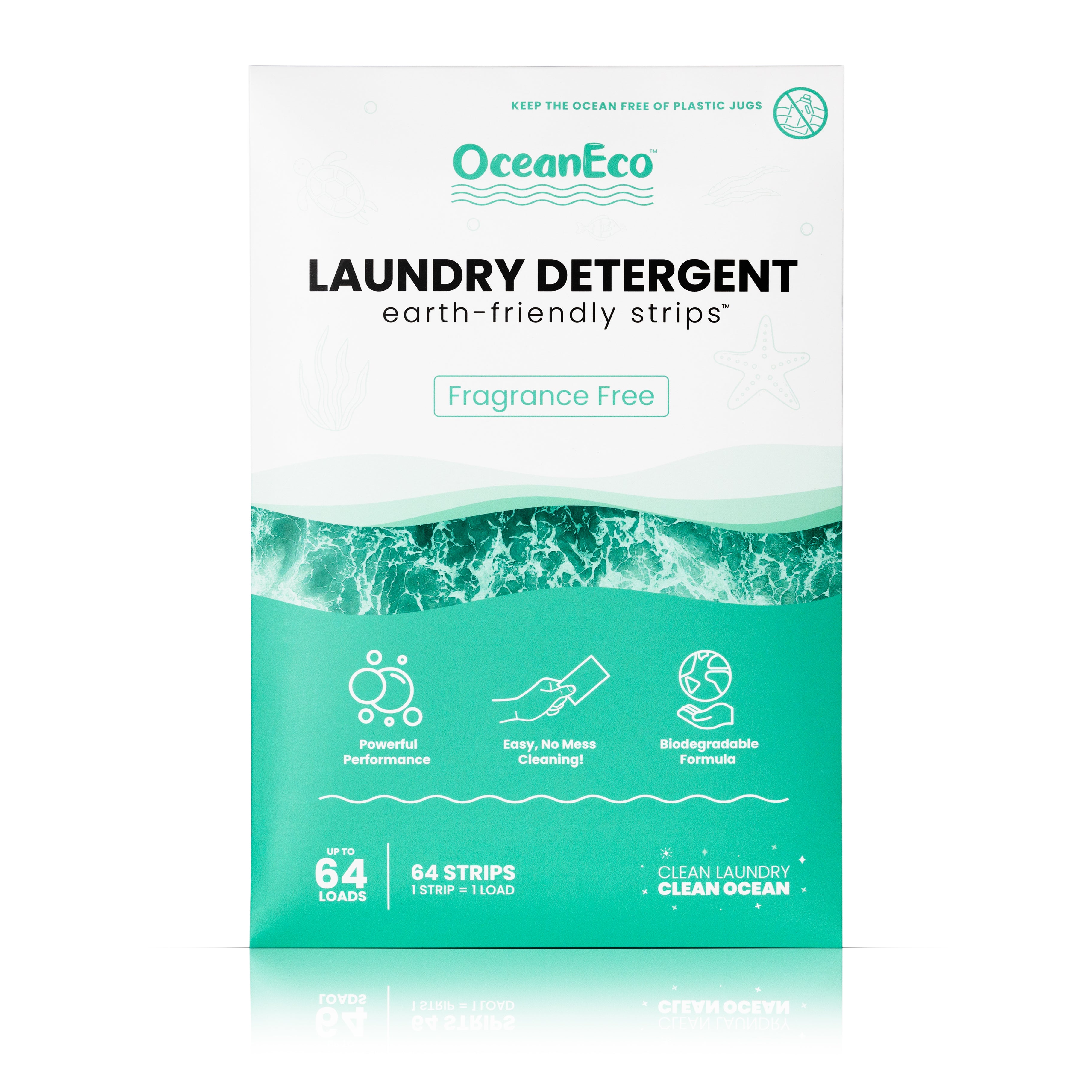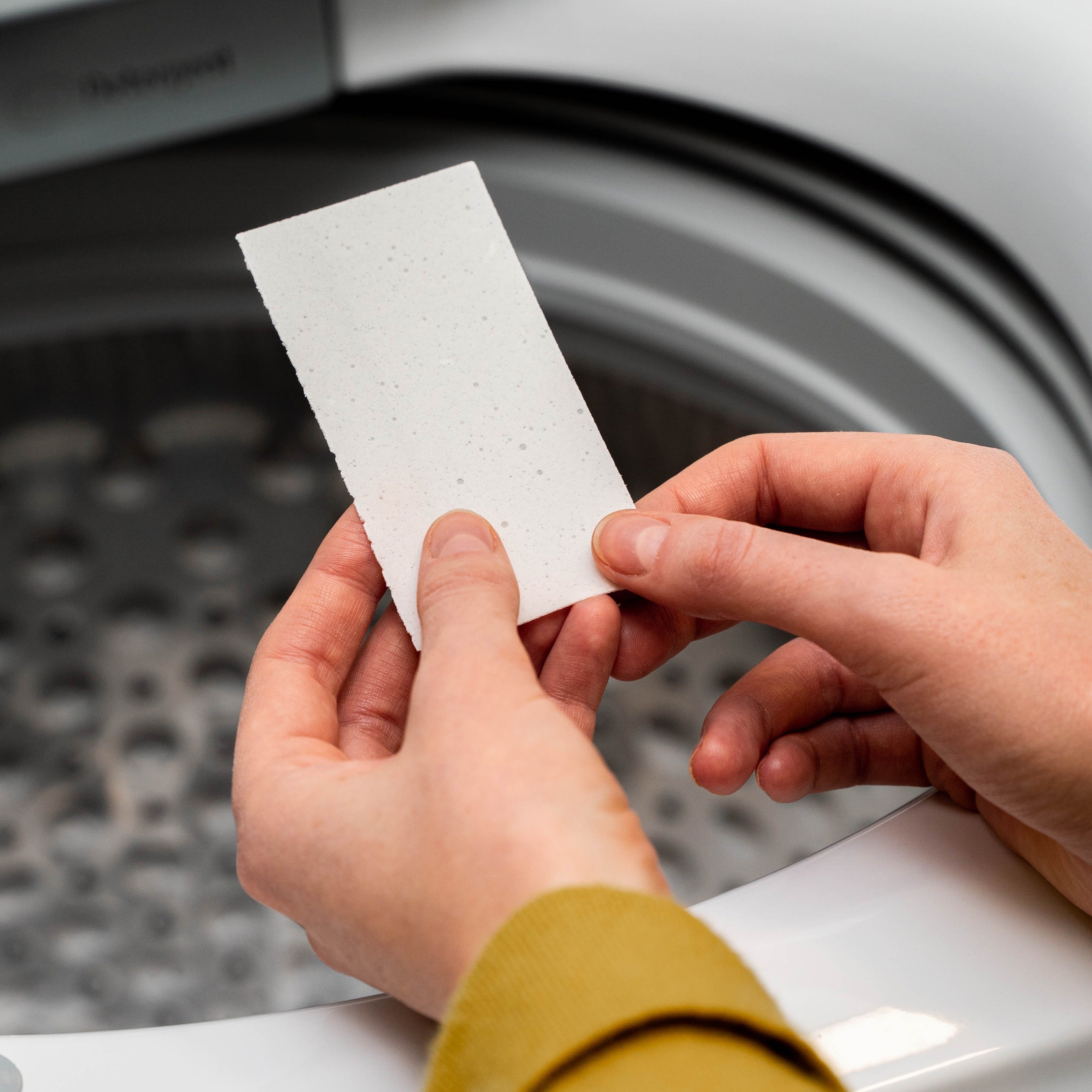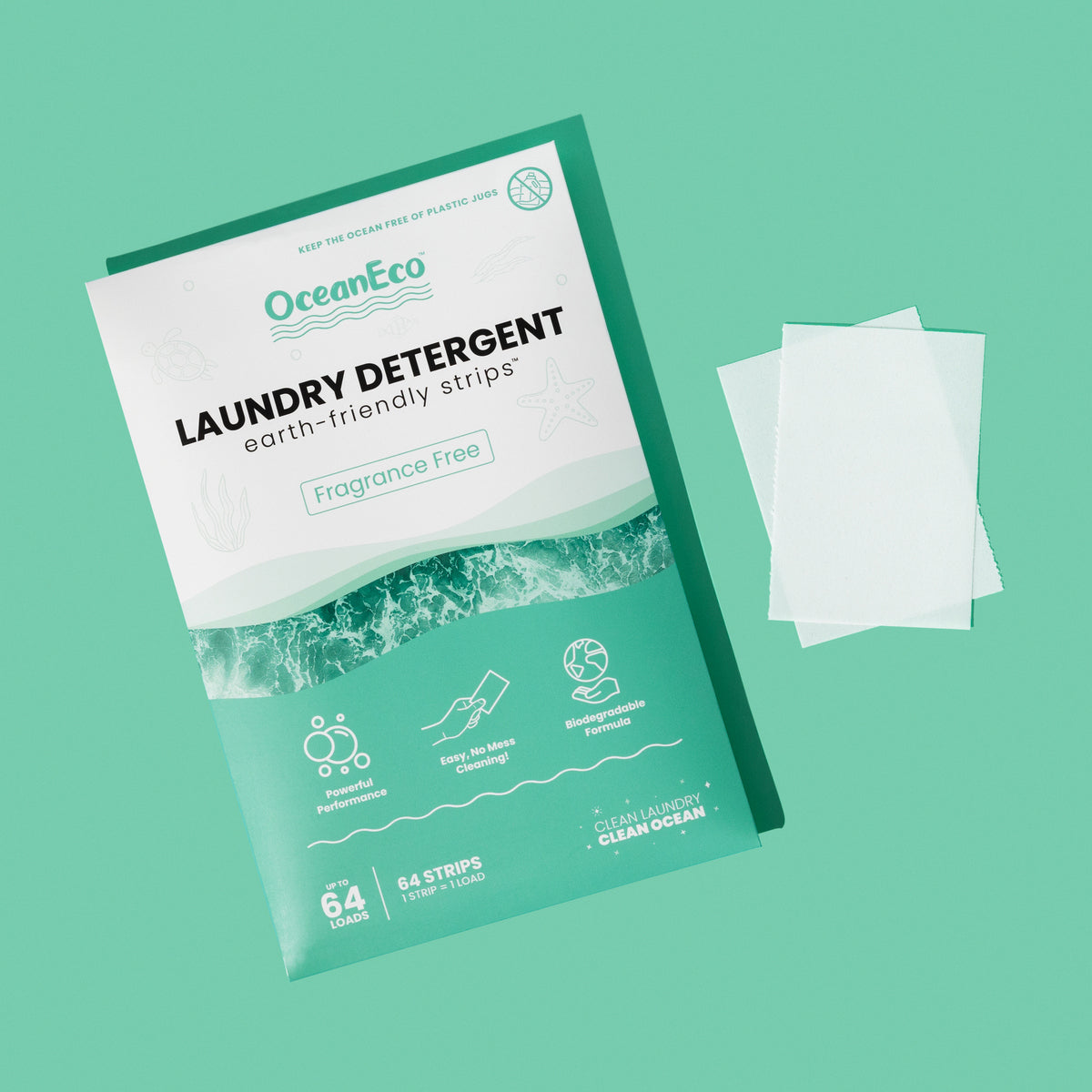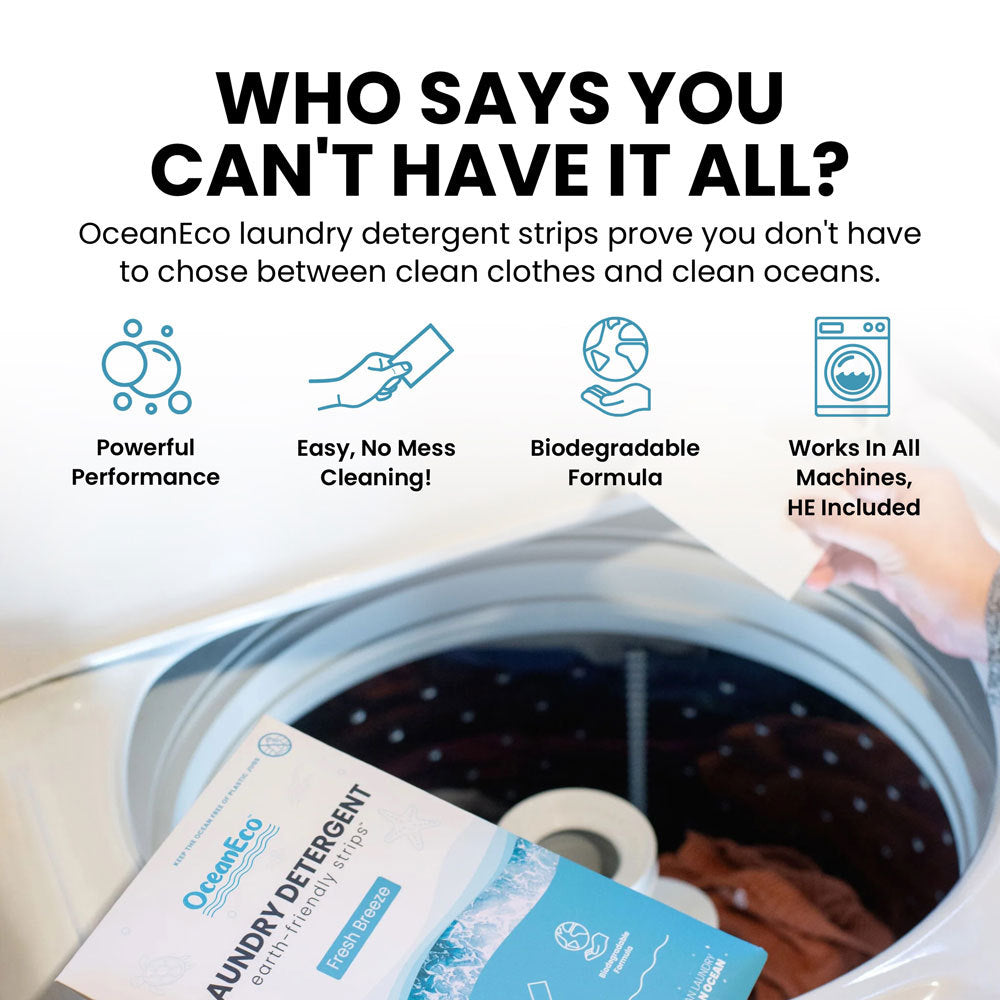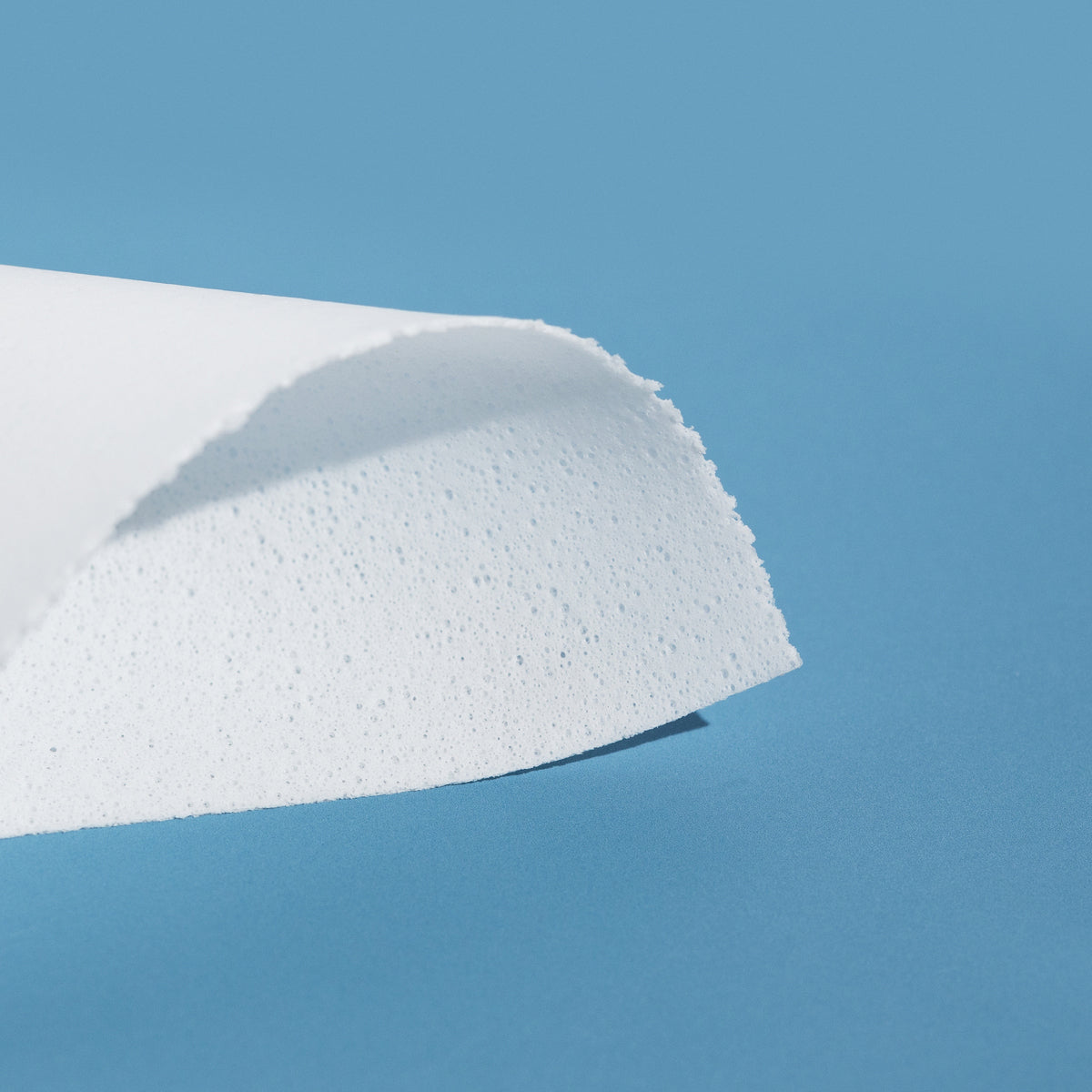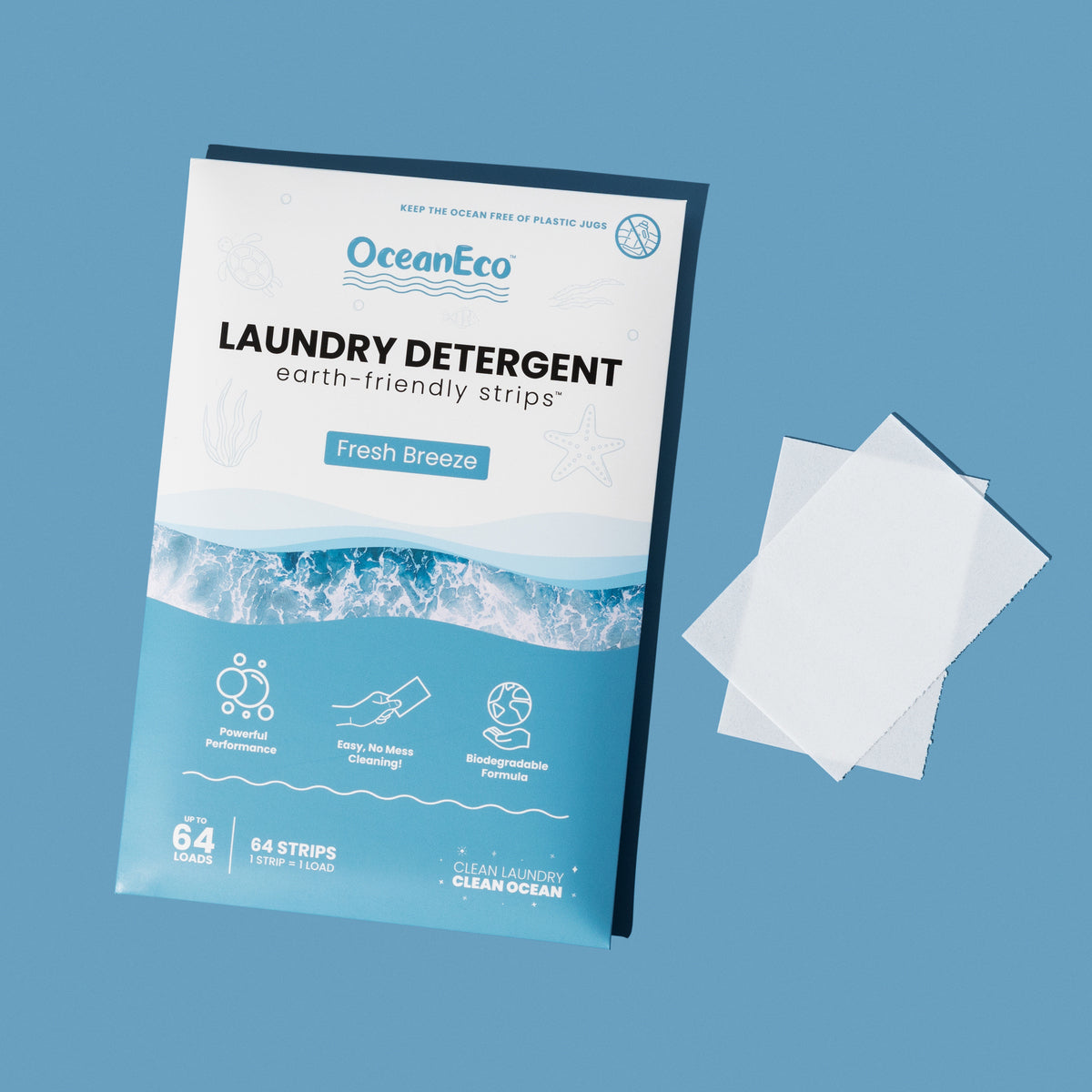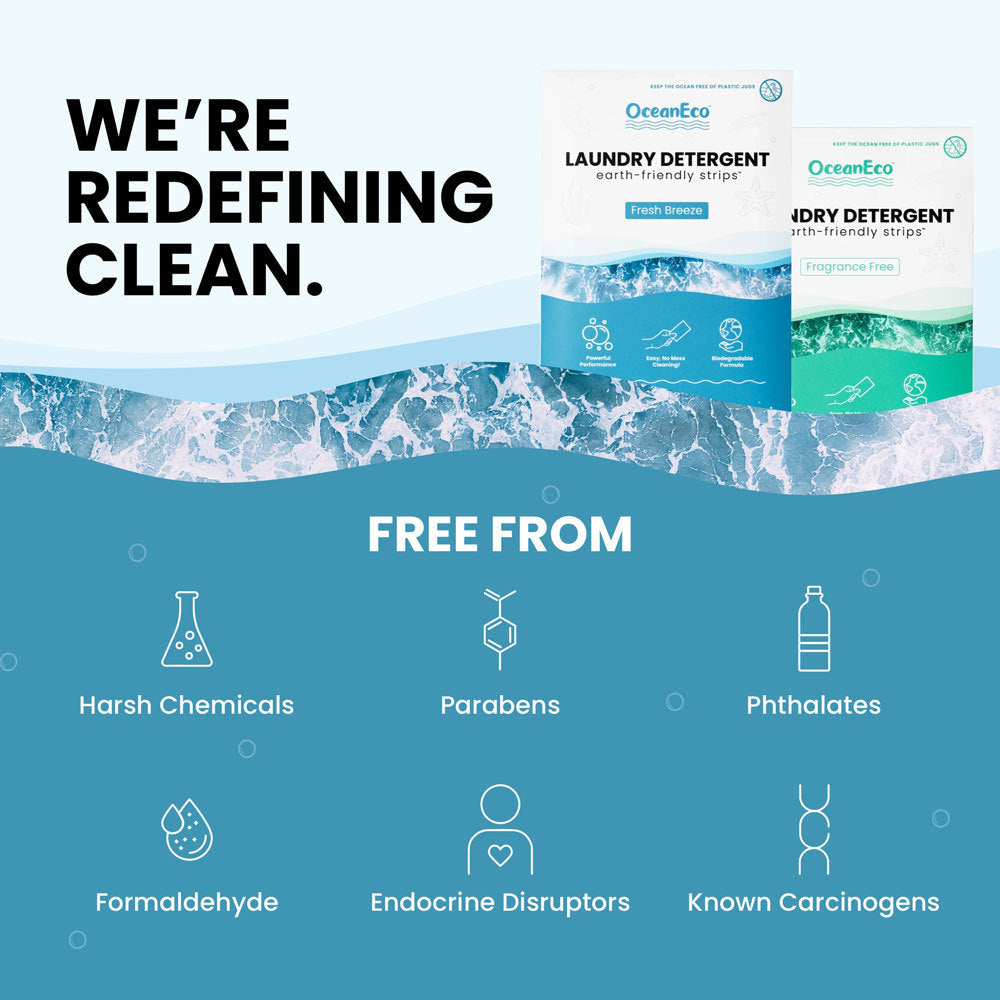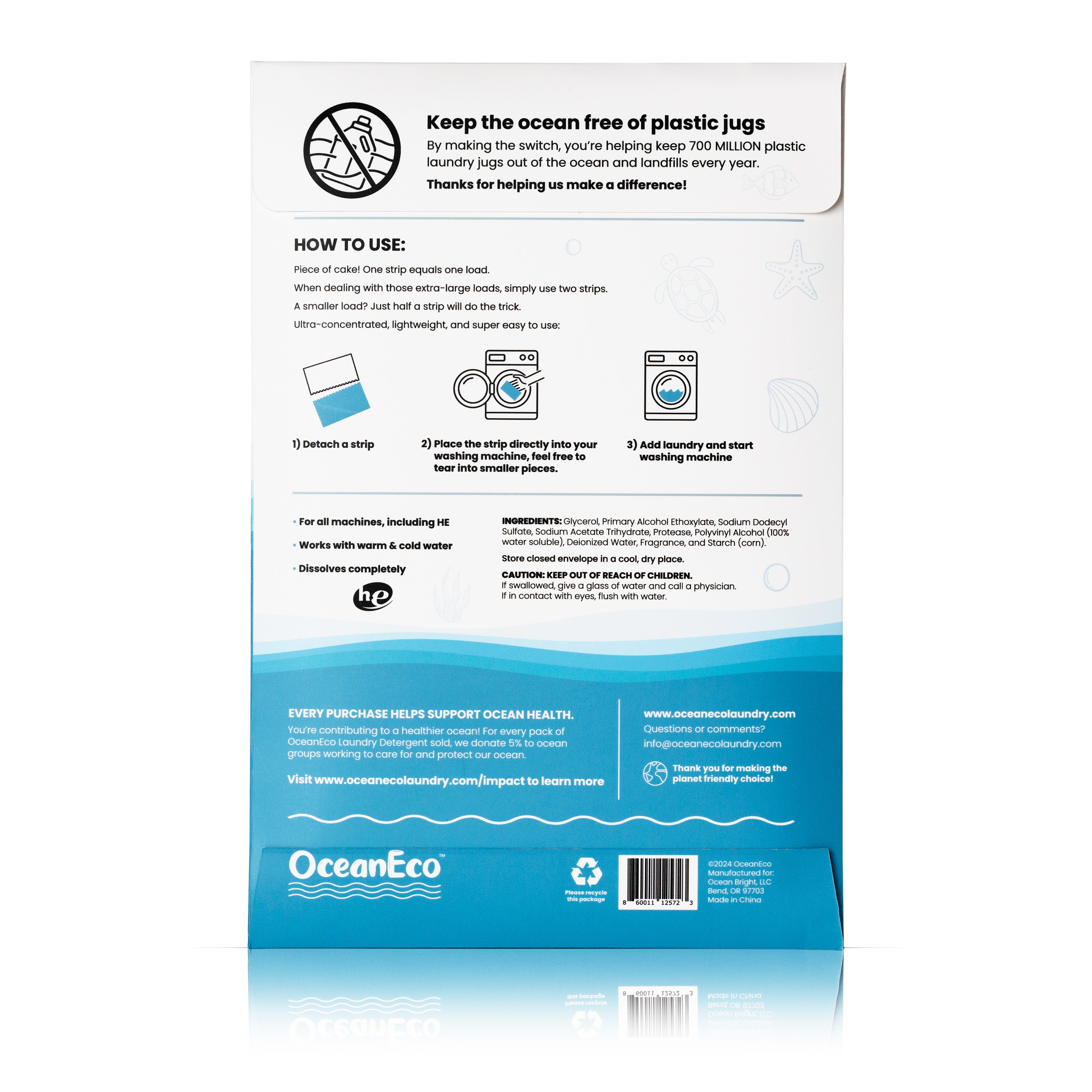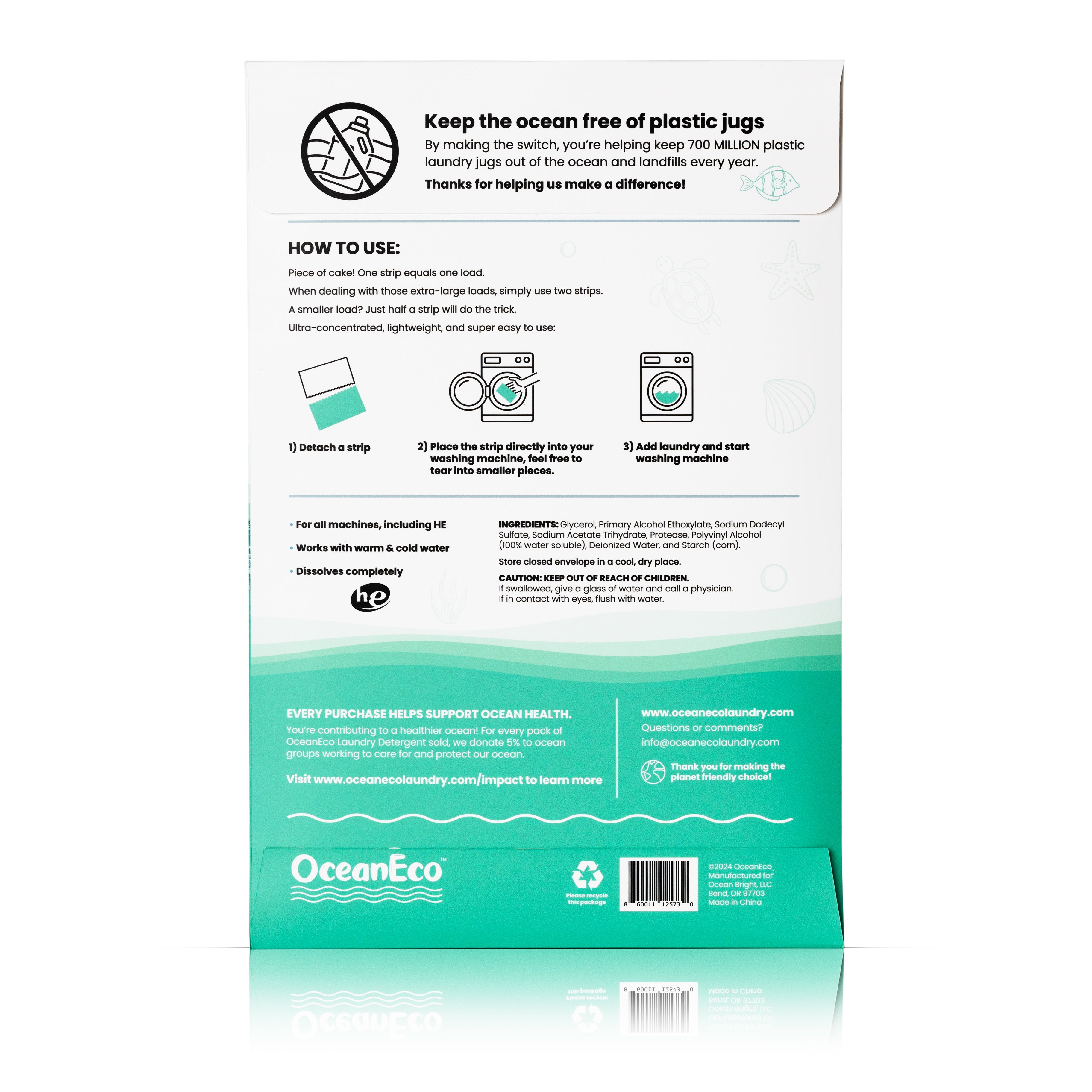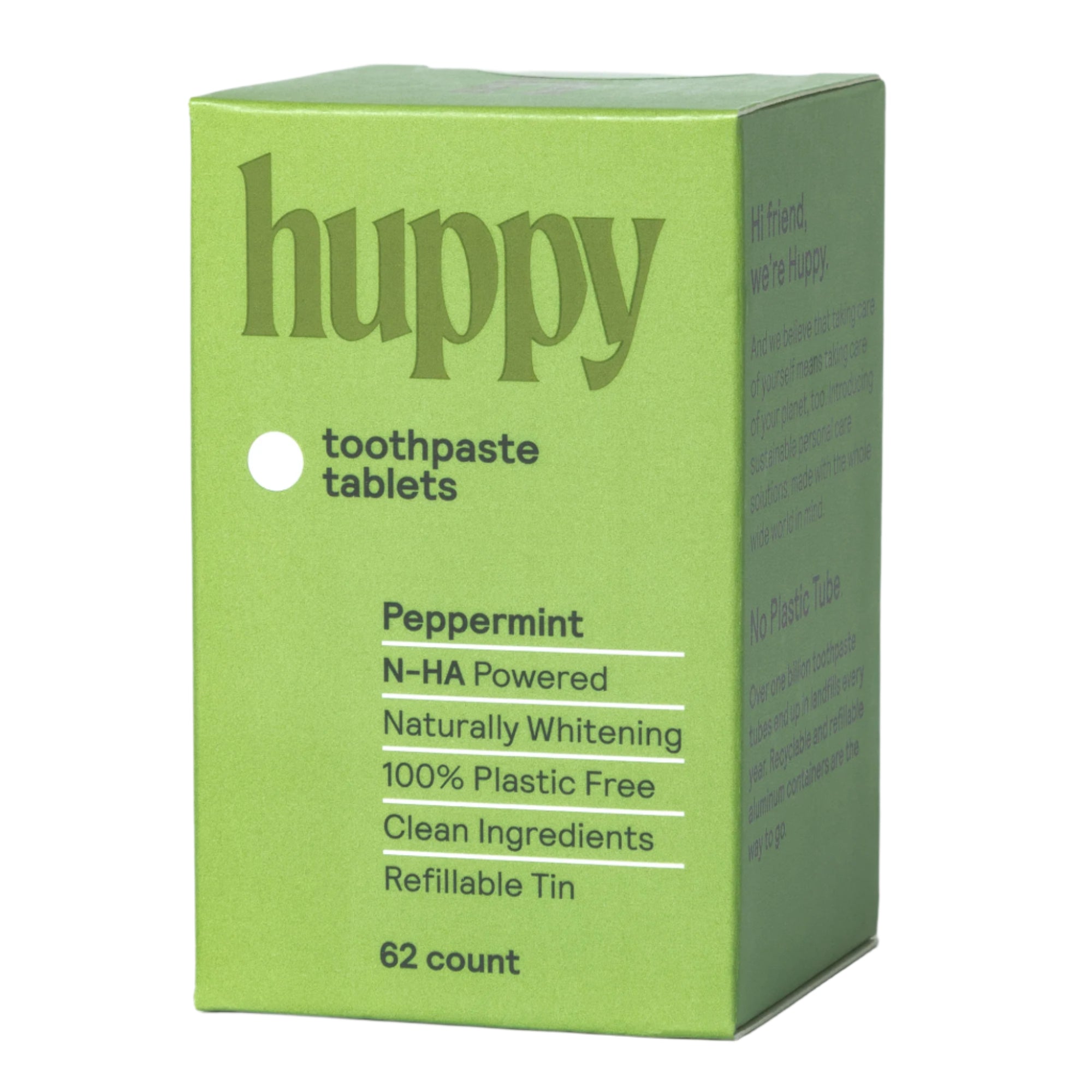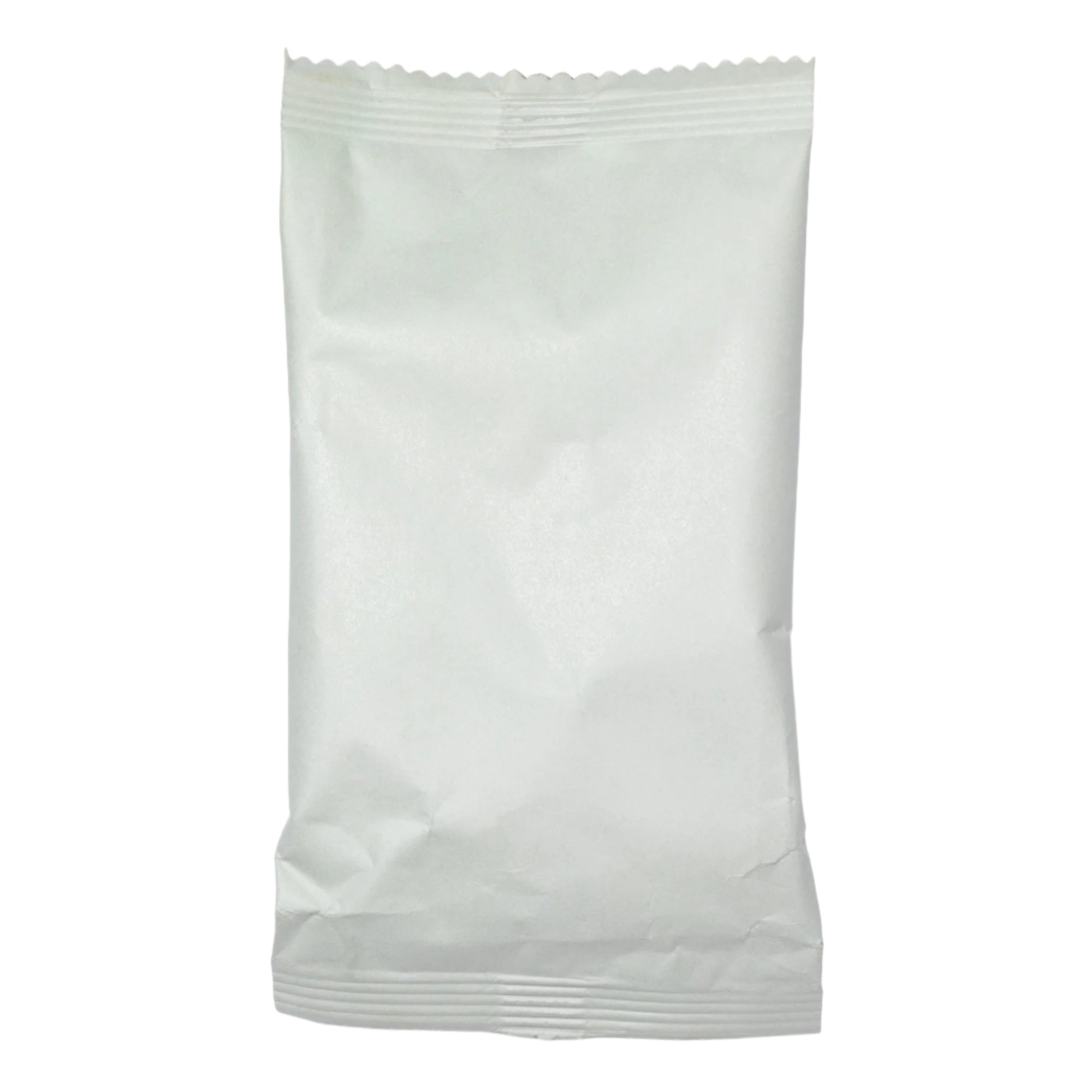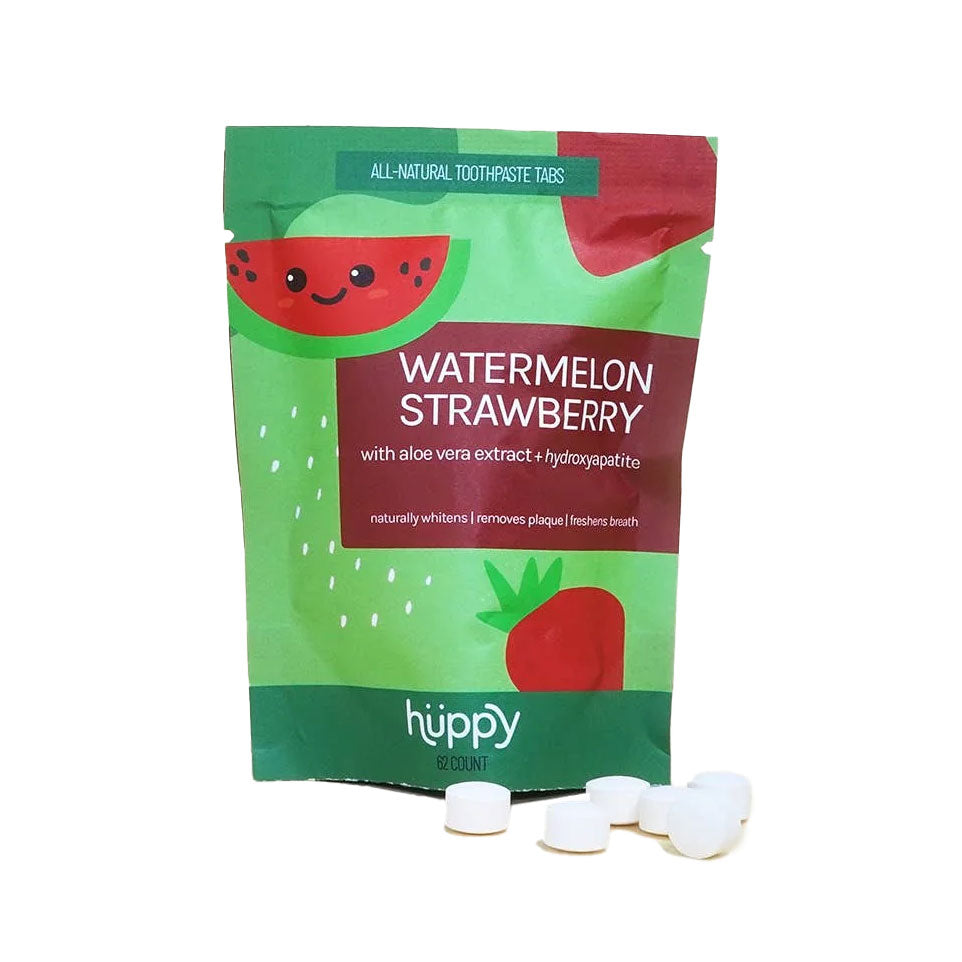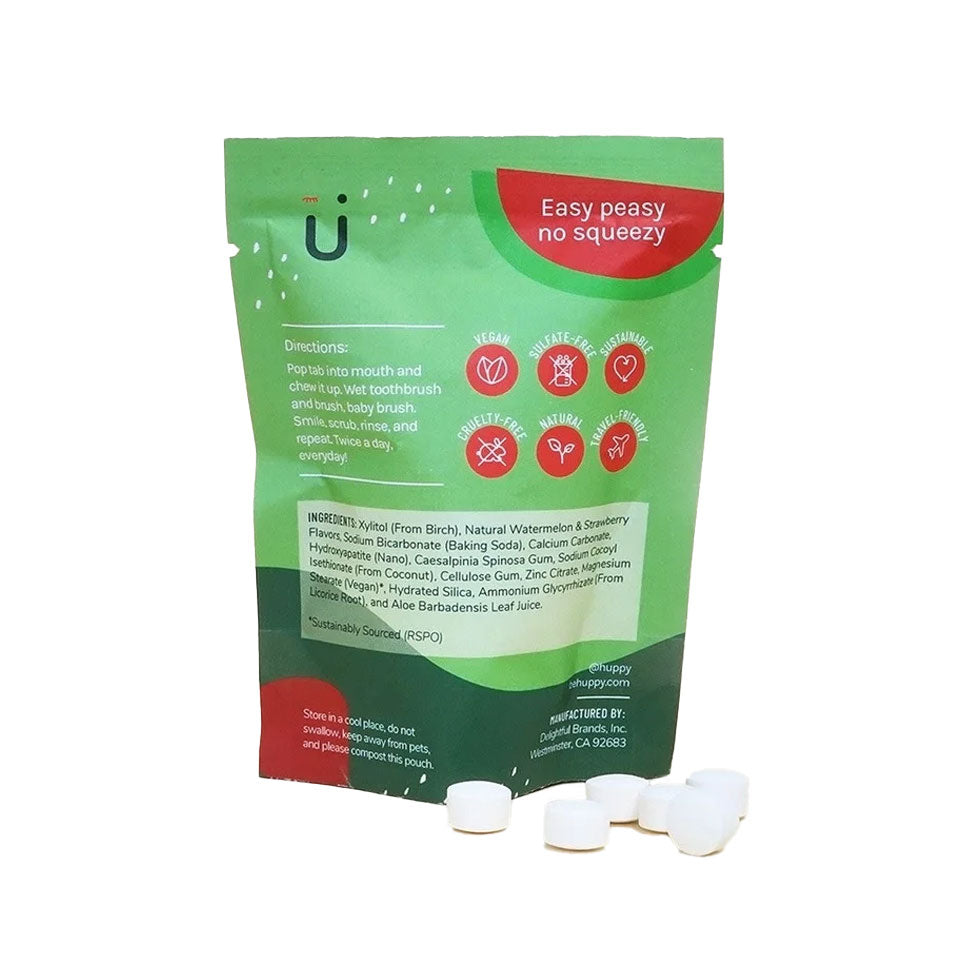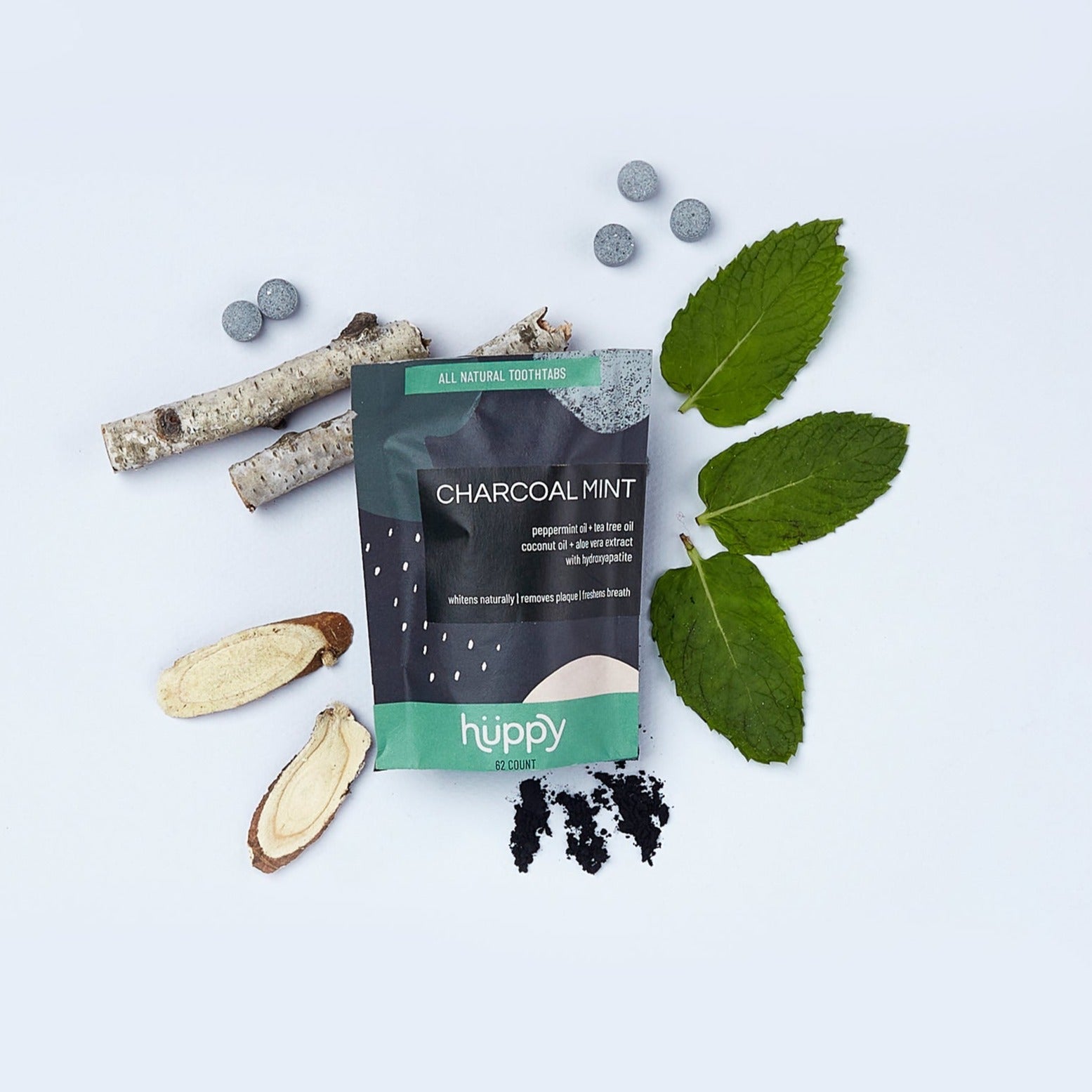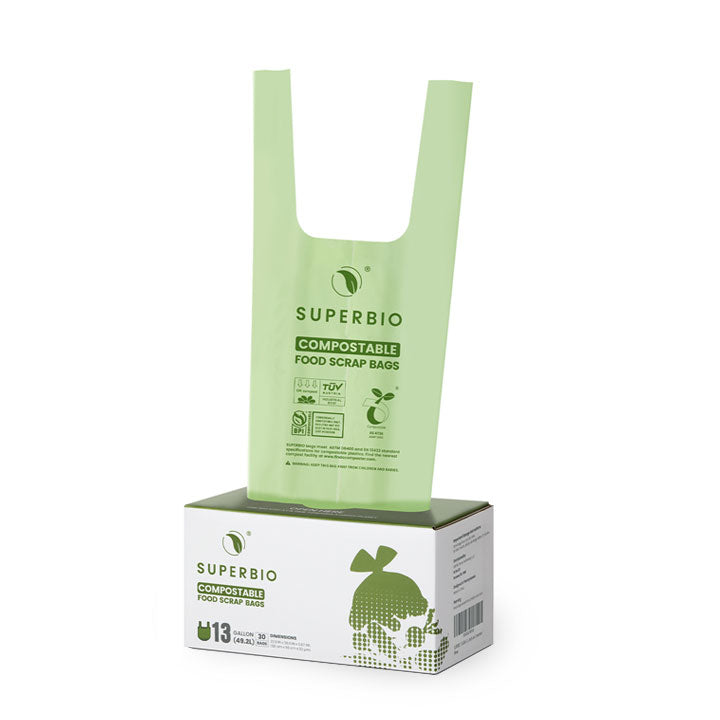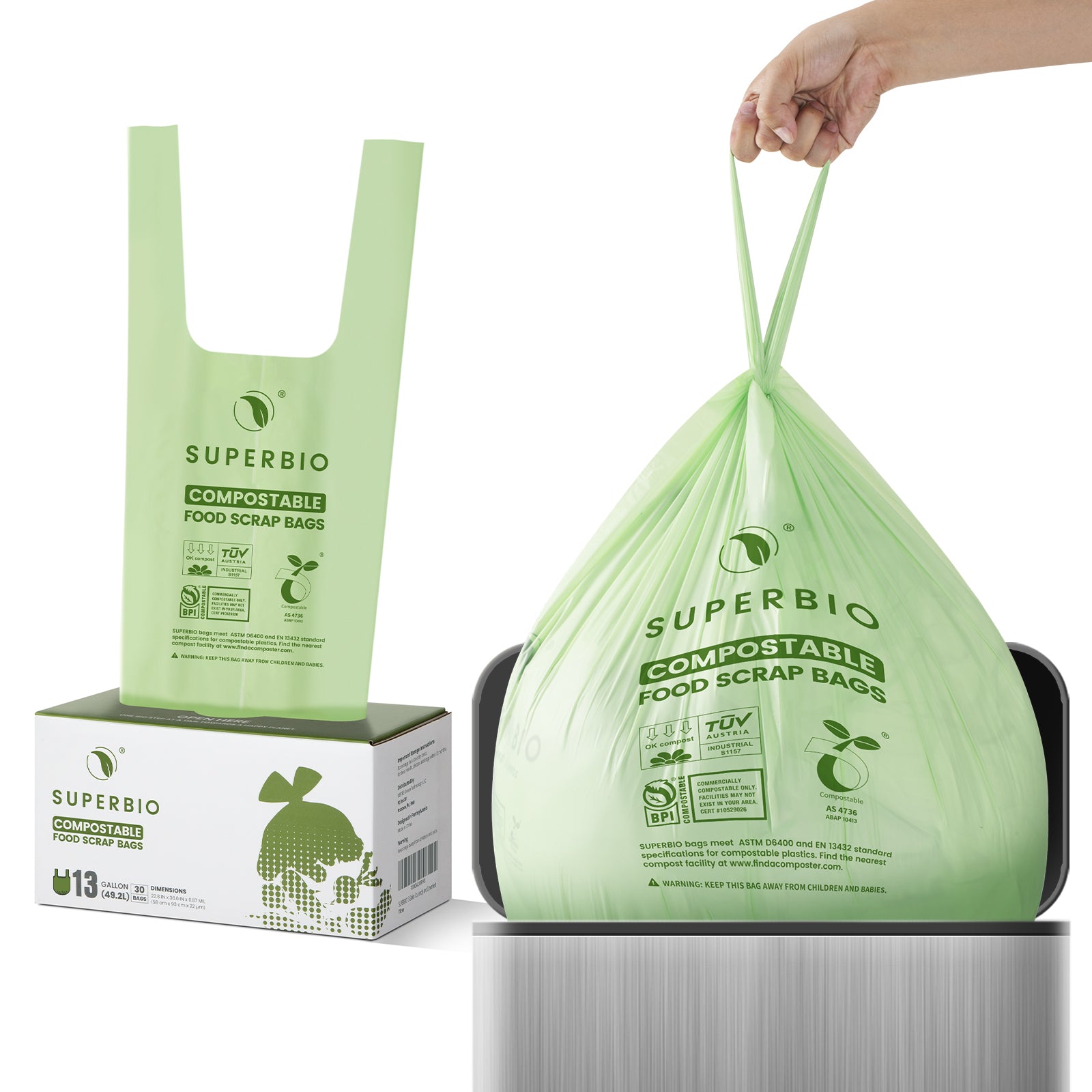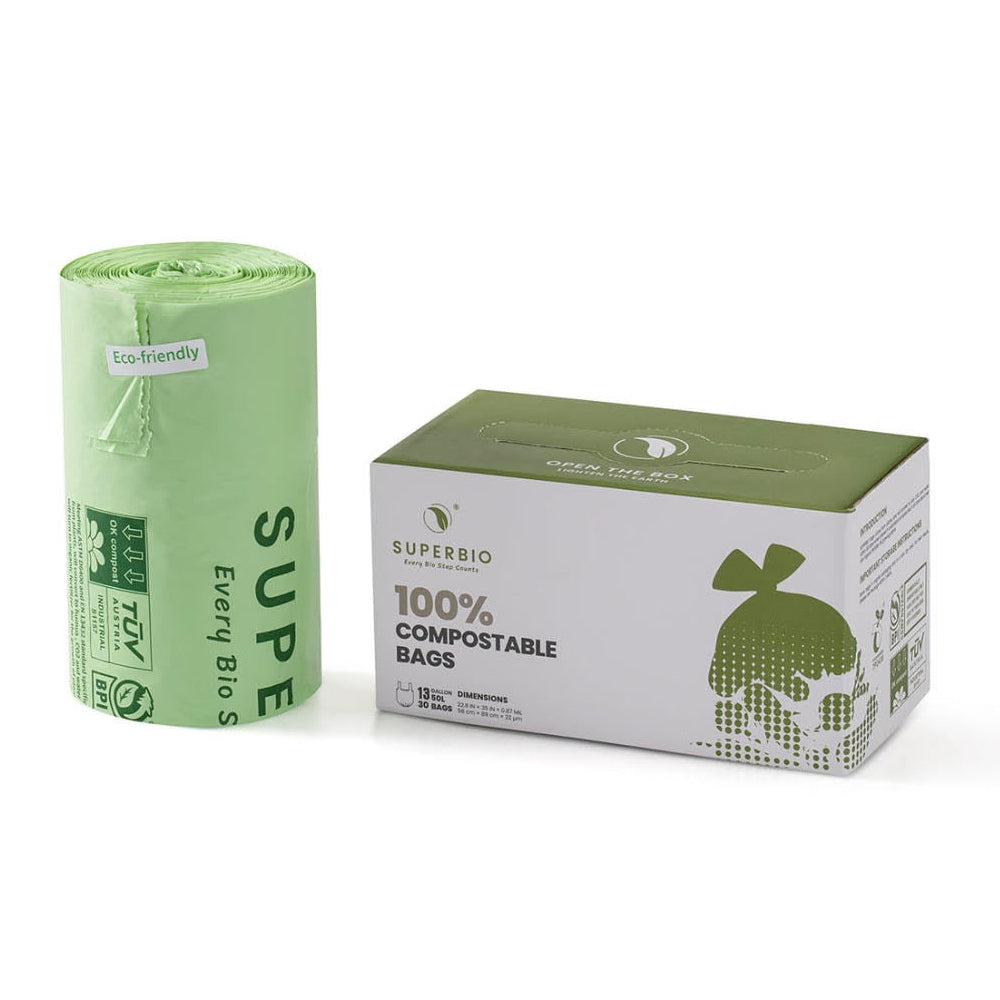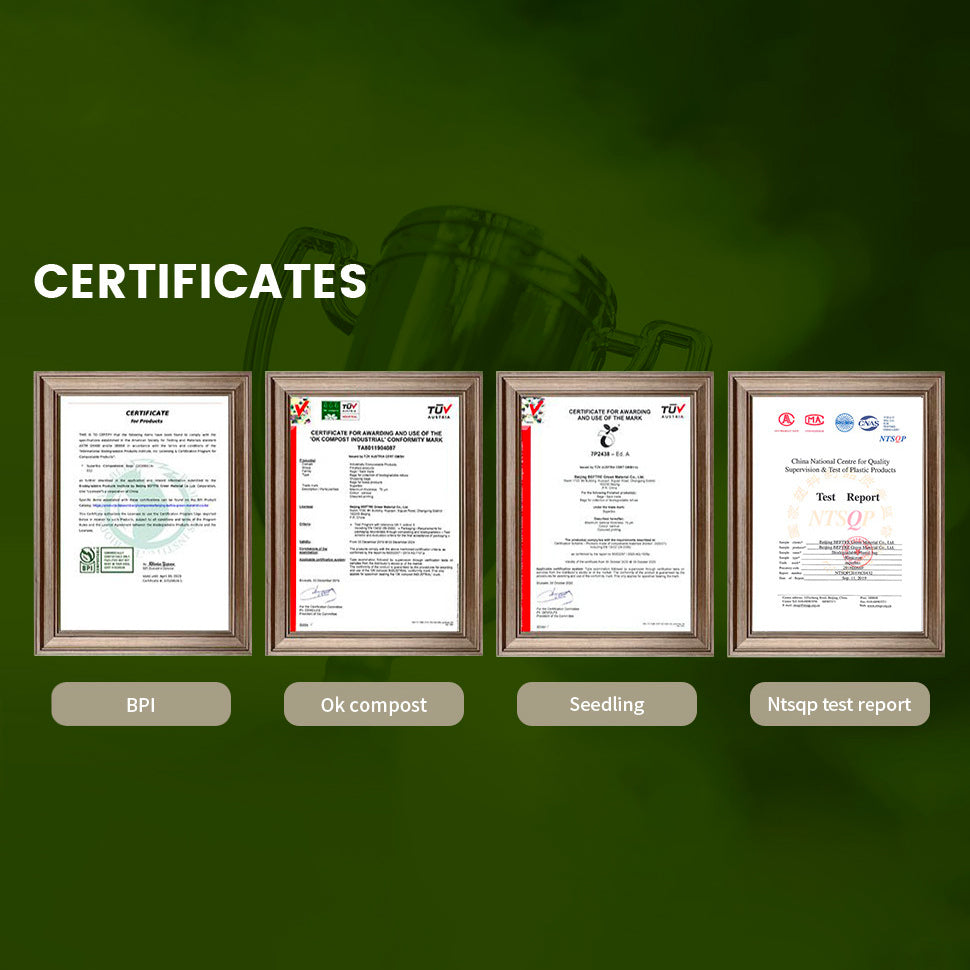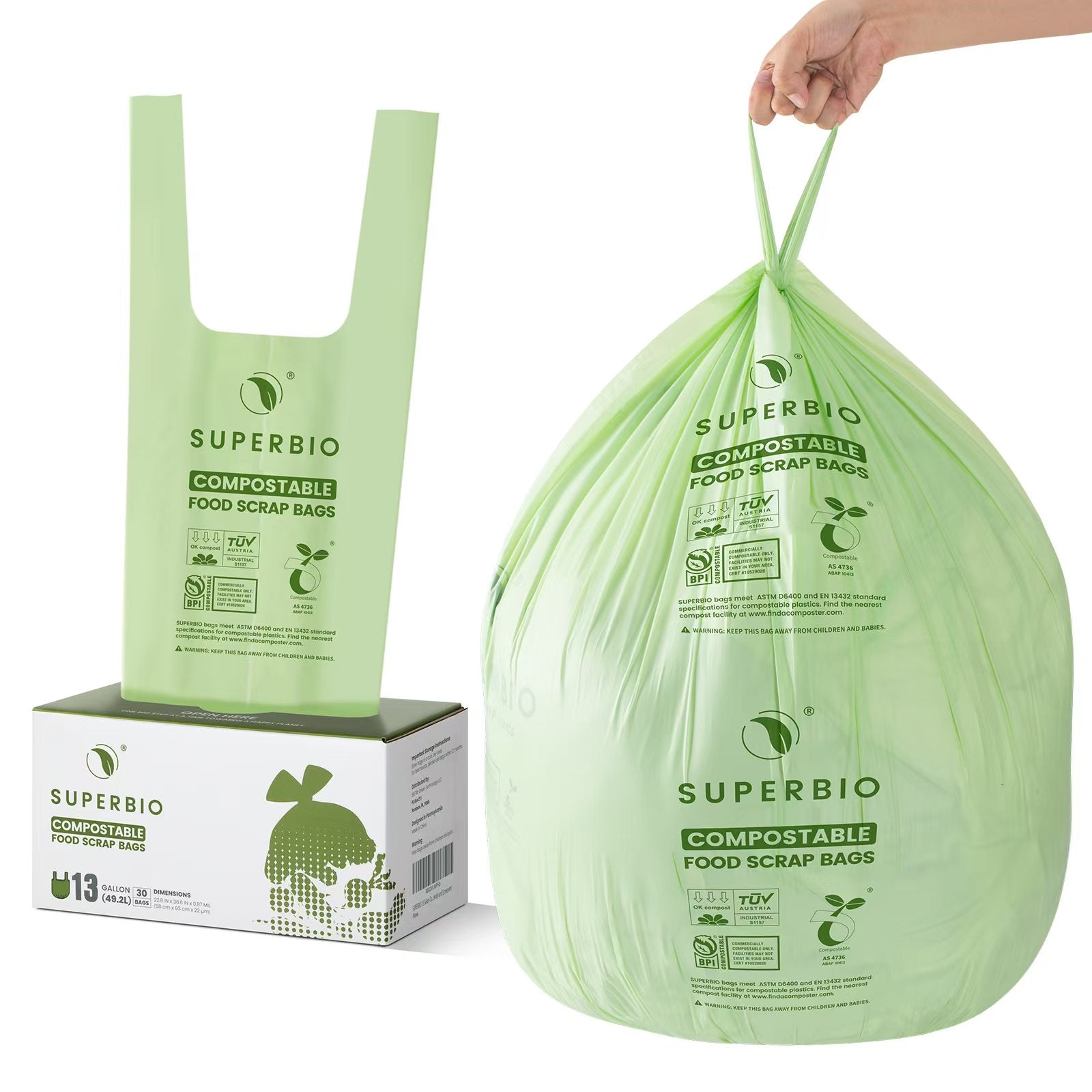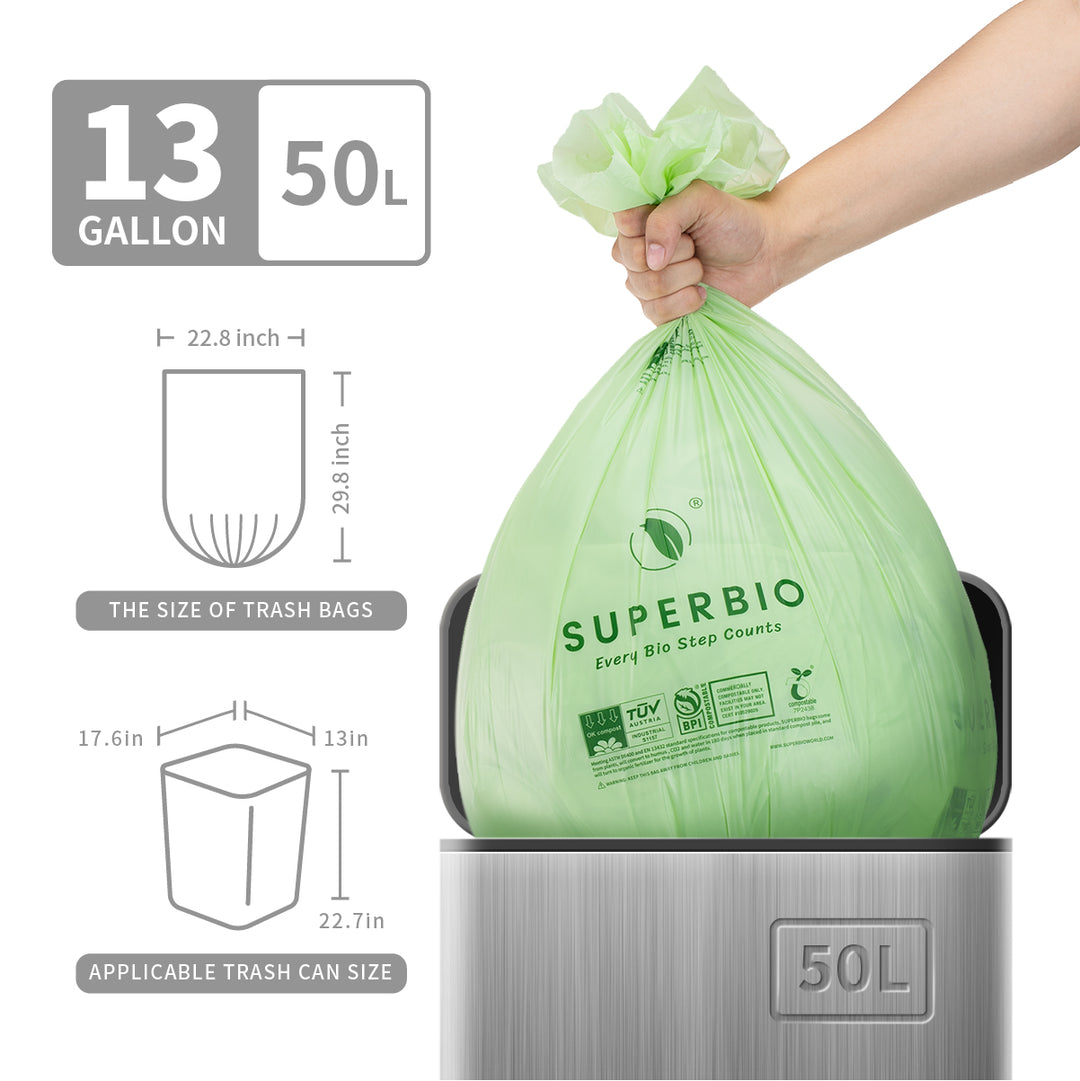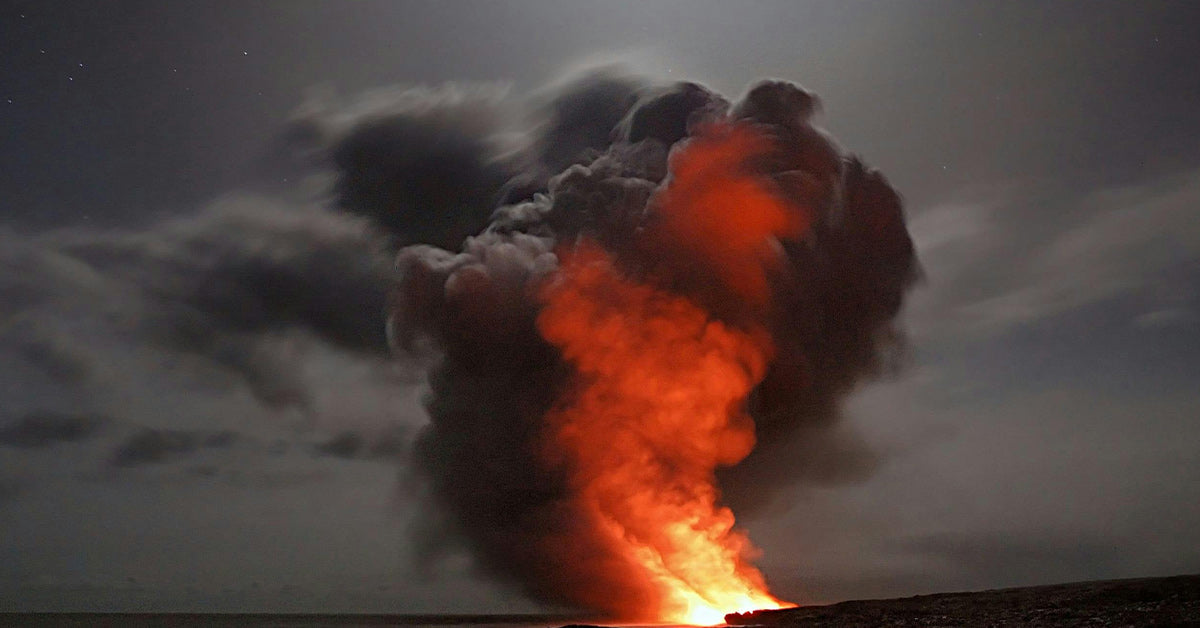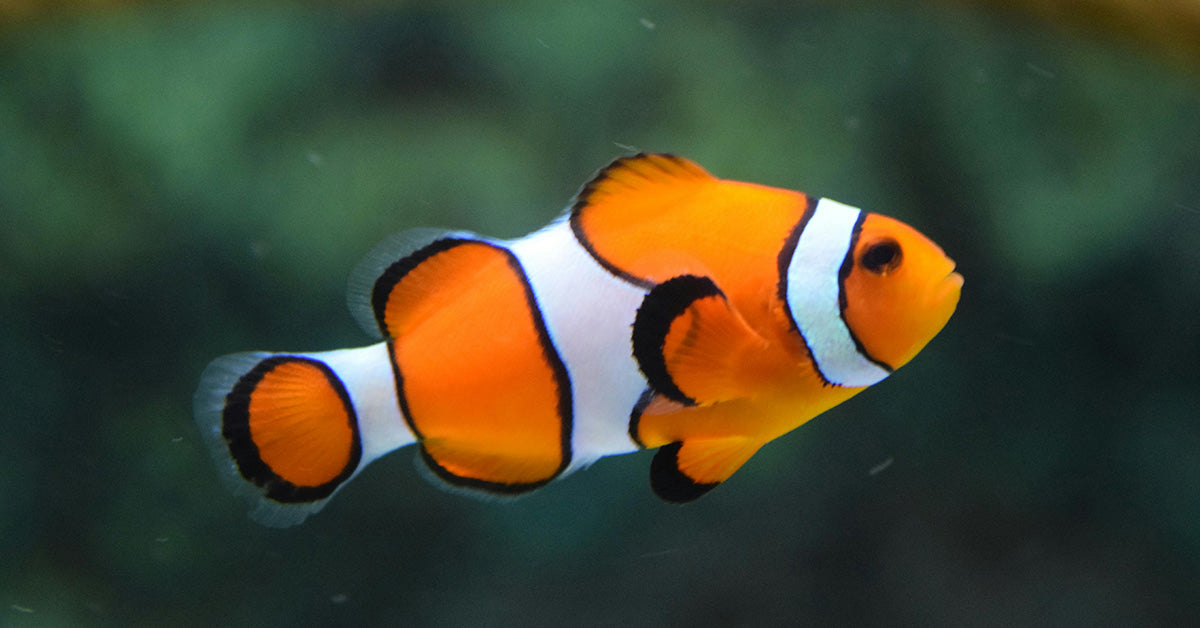Scientists Find a Million Golden Eggs Hidden in an Underwater Volcano
Far below the surface of the Pacific Ocean, off the coast of Vancouver Island, researchers have made a discovery unlike anything seen before. In the dark waters surrounding an ancient underwater volcano, they found an enormous cache of golden eggs—possibly more than a million—scattered across the summit of a geothermally active seamount.
The eggs, gleaming with a mysterious luster, are believed to belong to the Pacific white skate, a deep-sea relative of sharks that thrives in cold, oxygen-rich environments.
What was once thought to be a dormant volcano revealed signs of vibrant life when it was first explored during a 2019 expedition by Fisheries and Oceans Canada. As reported by Glass Almanac, the volcano turned out to be very much alive, venting mineral-rich, hot water into the sea. This unexpected warmth created a kind of natural incubator—an evolutionary shortcut in a realm where life is usually slow and cold.
t
YouTube / Cherisse Du Preez -DFO
Over a million giant golden eggs were discovered near an active underwater volcano.
Life Finds Heat in the Depths
The eggs, each measuring up to 20 inches in length, are remarkable not only for their size but for their sheer number. Scientists estimate that at least 2.6 million of them carpet the summit of the volcano, according to USA Today.
These eggs are a product of the Pacific white skate (Bathyraja spinosissima), which is known to inhabit depths of up to 9,500 feet and can grow to more than six feet in length. Unlike surface-dwelling marine species that reproduce in vast numbers with minimal investment per offspring, the Pacific white skate lays a few massive, nutrient-rich eggs designed for survival in hostile conditions.
The geothermal energy from the volcano appears to provide just enough warmth to speed up the typically long incubation period. Ordinarily, these eggs can take four to ten years to hatch, but scientists believe the volcanic heat significantly reduces that time. The Daily Galaxy reports that the summit of the volcano, nearly a mile beneath the surface, is unusually rich in biodiversity, likely because of this persistent heat.

Genetic testing is underway to confirm the eggs’ origins. They could belong to rays.
An Evolutionary Nursery Hidden in the Dark
The idea that volcanoes could act as marine nurseries is not entirely new. A similar phenomenon was documented near the Galápagos Islands in 2018, where smaller eggs were found nestled close to hydrothermal vents. But this latest find is far grander in scale and more puzzling.
In the words of marine biologist Cherisse Du Preez, who led the Canadian expedition, the site is “almost a coral garden and a safe nursery for juveniles before they descend into the deep,” as reported by Sustainability Times.
Researchers witnessed female skates laying eggs on camera for the first time at the site in 2023. The footage, captured by remotely operated vehicles, shows robotic arms gently lifting one of the golden-hued cases, confirming that these were not fossils, but living embryos. As Ecoticias reports, scientists were surprised to find some eggs so large and unlike any previously seen, prompting further investigation into whether they may come from an unidentified species.

YouTube / Cherisse Du Preez -DFO
The Pacific white skate can grow over six feet long.
What Scientists Still Don’t Know
Although early analysis supports the Pacific white skate as the source of most eggs, questions remain. The eggs’ sheer size and unusual distribution have raised the possibility that more than one species may be using the volcano’s summit as a breeding ground. Ongoing genetic testing is expected to confirm their origins.
The remote nature of the site has left much to be discovered. Scientists suspect that other deep-sea species may also rely on geothermal features to complete critical life stages. The volcano’s peak offers a shallower, relatively protected space, which is rare in the deep sea. As Glass Almanac reports, this creates an ideal starting point for young skates before they move into colder, more dangerous depths.
Protecting a Rare and Fragile Ecosystem
While the scientific community continues to marvel at the discovery, the implications extend beyond biology. This find reveals not only a complex, thriving ecosystem but also a pressing need for conservation. These geothermal oases are delicate. Any disruption—from climate change to deep-sea mining—could destroy habitats that took millennia to form.
Fisheries and Oceans Canada intends to monitor the site closely. Their goal is to protect both the skates and the fragile web of life surrounding the volcano. This discovery, reported by The Daily Galaxy, could change the way we think about life in the deep ocean. It suggests that some of the most extreme and remote places on Earth are not barren, but brimming with unexpected life.
As the research continues, the golden eggs near Vancouver Island remind us that the planet still holds secrets waiting to be uncovered—sometimes in the unlikeliest places.





























































































































































































